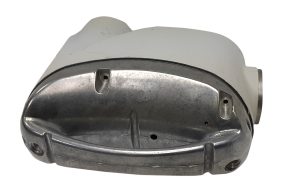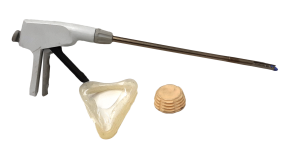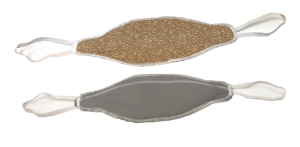medical device development company
Transforming the healthcare industry through innovative and advanced medical device design and development services, offered by a leading medical device development company and design firm
medical device design and development
Your One-Stop Medical Device Design and Development Services Company for Low-Cost Production
American Engineering Group (AEG) is a medical device design and development company that provides a range of services to meet the needs of the medical and scientific industries. Our experienced team offers comprehensive medical device design services, medical device development services, and medical product design solutions.
At AEG, we have a multidisciplinary team of experts with skill sets in industrial design, mechanical engineering, electronics hardware, and software development. We also have an in-house prototyping facility that supports our client projects throughout the complete process of research, creative concept generation, design development, and commercialization.
Our medical device design firm is well-versed in working within the complex regulatory environment of the medical and scientific industries. We can undertake complete device developments or offer consultancy on individual development issues, and we provide clear processes and experienced input to guide the development of medical devices. From within our skill base and processes, AEG can manage risk awareness and mitigation, evidence-based design direction, and intellectual property issues as required.
AEG has extensive experience in providing medical device development services to leading pharmaceutical companies, medical equipment manufacturers, research groups, and scientific instrument manufacturers around the world. Our design and manufacturing services are tailored to meet the specific needs of our clients, ensuring that their medical devices are developed to the highest standards.
As a medical device engineering firm, we understand the importance of developing innovative, high-quality, and reliable medical devices. Our medical device product development companies use cutting-edge technology and techniques to develop products that meet the complex needs of the medical and scientific industries. With our expertise in medical device design and development, AEG is a trusted partner for all your medical device needs.
Some of our medical device projects



